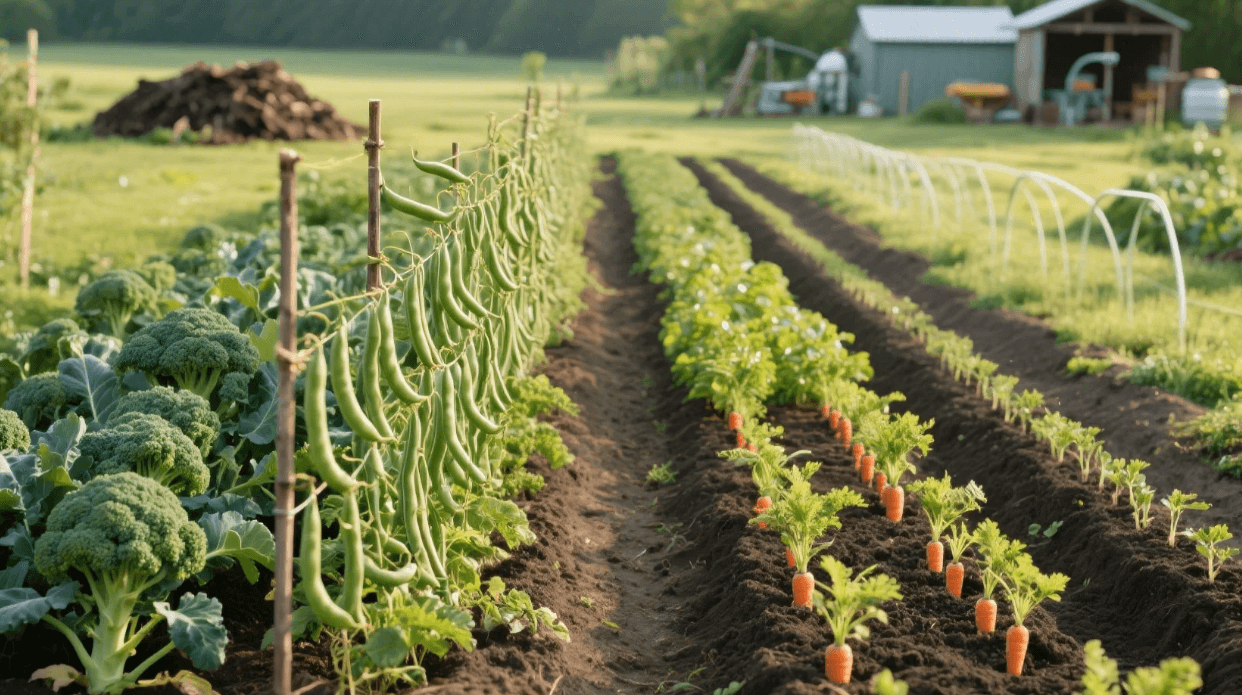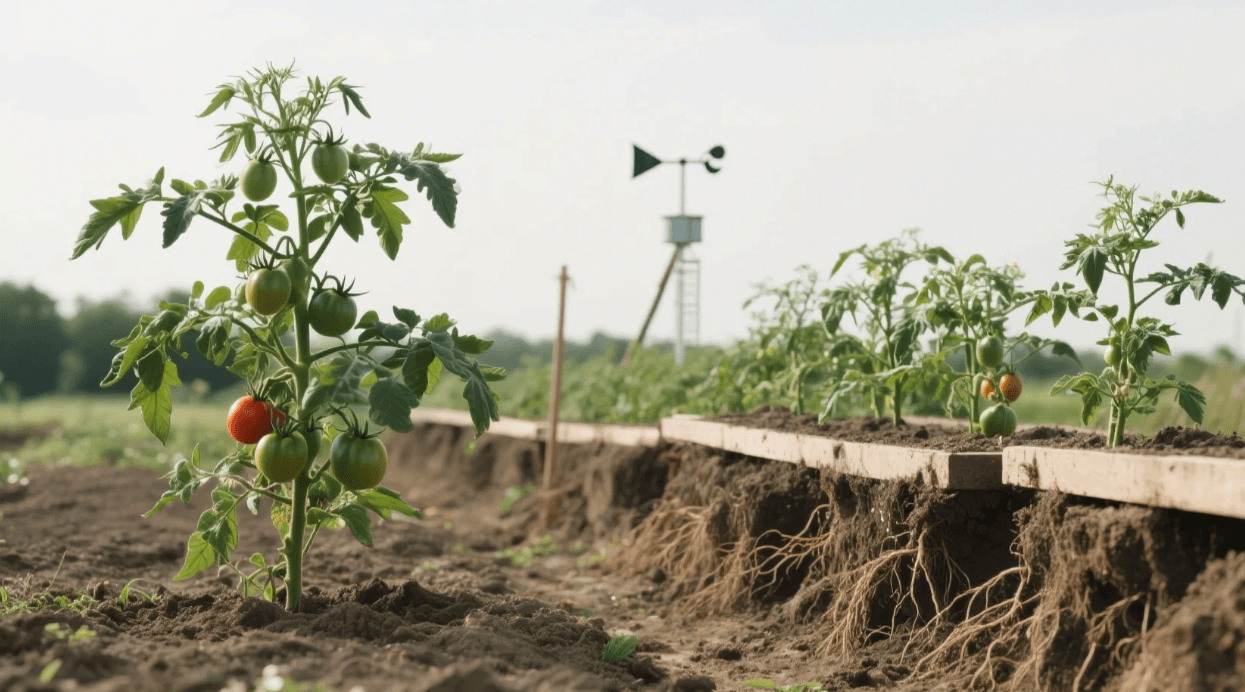Are Raised Beds Overrated? 3 Cases Where In-Ground Gardens Win
Raised beds dominate gardening trends, promising better drainage, fewer weeds, and easier access. But are they always the best choice? For many gardeners, traditional in-ground planting offers surprising advantages—from lower costs to healthier soil ecosystems.
This article examines three key scenarios where in-ground gardens outperform raised beds, debunks soil contamination myths, and provides a cost-benefit analysis to help you decide which method suits your needs.
Case 1: When Soil Quality Is Already Good
The Raised Bed Myth
Many gardeners assume native soil is "bad" and needs replacing, but research from the University of Vermont (2023) shows:
- 60% of tested backyard soils are suitable for planting with minor amendments
- Tilling in compost improves structure just as effectively as importing soil
Where In-Ground Wins
✅ Lower cost – No lumber, soil, or hardware expenses
✅ Better drought resistance – Deeper roots access subsoil moisture
✅ Supports mycorrhizal networks – Underground fungi boost plant health
Case Study: Kansas gardener Miguel switched from raised beds to in-ground planting and saw tomato yields increase by 30% due to stronger root systems.
Personal Recommendation: Before building raised beds, conduct a soil test—you might save hundreds.
Case 2: Large-Scale Growing (Over 200 Sq Ft)
The Math Doesn’t Add Up
| Factor | Raised Beds (4x8 ft) | In-Ground |
| Startup Cost | $300+ per bed | $0 |
| Soil Volume Needed | 32 cu ft per bed | 0 cu ft |
| Long-Term Maintenance | Replace wood every 5-10 yrs | Minimal |
A 2023 Gardener's Supply Company report found:
- Commercial farms rarely use raised beds due to scalability issues
- In-ground fields allow crop rotation without soil replacement
Exceptions Where Raised Beds Shine
- Very poor native soil (solid clay or construction fill)
- Mobility-limited gardeners needing elevated access
Case 3: Debunking Soil Contamination Fears
The Overblown Risk
While lead contamination is real, the EPA’s 2022 urban soil guidelines note:
- Risk is low if:You wash produceAvoid growing leafy greens in industrial zone soils
- Remediation options (like adding compost) bind heavy metals
Where In-Ground is Safer Than You Think
✅ Deeper soil dilutes contaminants (vs. confined raised beds)
✅ Phytoremediation plants (sunflowers, mustard greens) clean soil over time
Case Study: Detroit urban farm GrowTown tested in-ground plots after adding compost—lead levels dropped below safety thresholds in 2 growing seasons.
Cost-Benefit Analysis: Raised Beds vs. In-Ground
| Factor | Raised Beds | In-Ground |
| Startup Cost | 200−500+ | 0−50 (for soil test/amendments) |
| Labor | High (building, filling) | Low (tilling/composting) |
| Water Needs | More frequent | Less frequent |
| Longevity | 5-15 years | Indefinite |
| Best For | Poor soil, small spaces, accessibility needs | Large plots, healthy native soil |
Regional Tip: In wet climates (Pacific NW), raised beds help drainage, but in arid regions (Arizona), in-ground beds retain moisture better.
When to Choose Each Method
Stick with Raised Beds If:
- You have back problems or mobility issues
- Your native soil is pure sand/clay/construction debris
- You’re gardening on contaminated urban lots (without remediation)
Go In-Ground If:
- You have decent native soil (test first!)
- You’re planting large areas (500+ sq ft)
- You want lower maintenance long-term
Personal Recommendation: I use hybrid systems—raised beds for herbs/lettuce, in-ground for tomatoes and squash.
Final Verdict: It Depends on Your Soil & Goals
Raised beds aren’t "wrong," but they’re not universally superior. Before investing:
- Test your soil (extension offices offer $15 tests)
- Calculate true costs (lumber + soil adds up fast)
- Consider your scale – Small kitchen garden vs. homestead
Sources:
- University of Vermont: Native Soil Viability Study (2023)
- EPA: Urban Soil Safety Guidelines (2022)
- Gardener's Supply Company: Raised Bed Trends Report (2023)
Now grab a shovel—your perfect garden might be right under your feet. 🌱
wendy
|
2025.04.23






